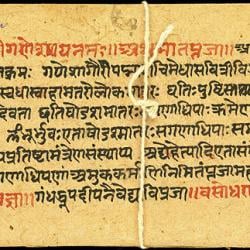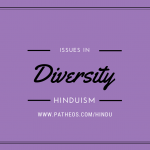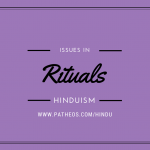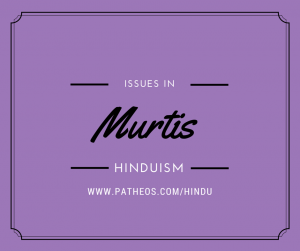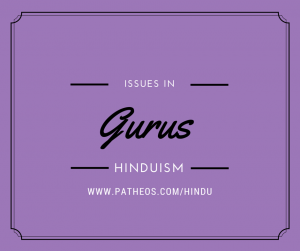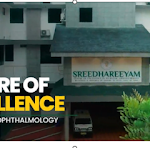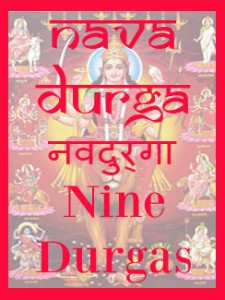 Yesterday I mentioned that one tradition for Navratri is to worship Kali the first three nights, Lakshmi the middle three nights, and Sarasvati the final three nights.
Yesterday I mentioned that one tradition for Navratri is to worship Kali the first three nights, Lakshmi the middle three nights, and Sarasvati the final three nights.
Another tradition is to worship the Navadurga — Nine Durgas, one on each of the consecutive nights. These aren’t mutually exclusive systems; most Shaktas (Goddess devotees) consider the Devi to be God Herself, not myriad little goddesses.
Lyrics to one version of the Nava Durga Stotram are here. If you look on YouTube, you may hear songs with slightly differing lyrics and sometimes even one or more of the names is different, depending on local tradition.
The nine forms of Durga worshiped on Navratri meet us where we are and take us further along our spiritual journey.
- Śhailaputrī inspires us to begin our spiritual journey and gives us encouragement along the way. She is shown riding a bull (Nandi) and carrying a trident and a lotus. She wears the crescent moon in her hair. You can download a pdf of Śhailaputrī mantras here.
- Brahmachāriṇī is the preeminent disciple. She teaches us to perform austerities and inspires us to pursue learning. She is shown barefoot, holding a pot of holy water and a strand of prayer beads. You can download a pdf of Brahmachāriṇī mantras here.
- Chandraghaṇṭā empowers our worship and fills us with devotion. She’s shown riding a tiger, holding various weapons in her ten hands. You can download a pdf of Chandraghaṇṭā mantras here.
- Kuṣhmāṇḍā purifies us and fills us with grace, granting us commitment to our sadhana (spiritual practice). She is shown riding the lion of dharma and carrying a water pot, a pot of nectar (amrita) and various weapons in her eight hands. You can download a pdf of Kuṣhmāṇḍā mantras here.
- Skandamātā is the loving Mother Goddess who nourishes us and nurtures our spiritual paths. She is shown seated on a lion, holding two lotuses with Her son Skanda (Kartikeya), who leads the gods in battle against the asuras (demons), on Her lap. You can download a pdf of Skandamātā mantras here.
- Kātyāyanī destroys our inner demons. She rides the lion of dharma and carries a sword. She is the combined radiance of Brahma, Vishnu, and Shiva, and she liberates us from fear. You can download a pdf of Kātyāyanī mantras here.
- Kālarātrī is the Dark Night. As we progress along our spiritual path, we come to point where our ego digs in, refusing to budge, and God seems further away than ever. Kālarātrī sees us through this troubling time. She is shown riding a donkey, carrying a sword, and with hands in mudras that grant boons and liberate from fear. You can download a pdf of Kālarātrī mantras here.
- Mahāgaurī is the Great Radiant Light. They say that it’s darkest just before dawn, and sure enough, the dark night is followed by shining brilliance. The auspicious Mahāgaurī rains blessings upon her devotees. She is shown wearing a white sari, riding the Vrishaba bull and carrying a trident and drum. She makes the mudras of granting boons and liberating from fear. You can download a pdf of Mahāgaurī mantras here.
- Siddhidātrī is the culmination of our spiritual journey — when we have attained perfection. Siddhis are spiritual powers that develop through sadhana. Siddhidātrī sits on a lotus, holding mace, chakra, conch and lotus. You can download a pdf of Siddhidātrī mantras here.
Just as the tradition of worshiping Kali, Lakshmi and Sarasvati over the course of the Nine Nights demonstrates how the Goddess leads us from darkness to light, the tradition of worshiping the Navadurga demonstrates the path our soul takes from the earliest steps of spirituality all the way to enlightenment.
May you be blessed by the Devi this Navratri, and always!


